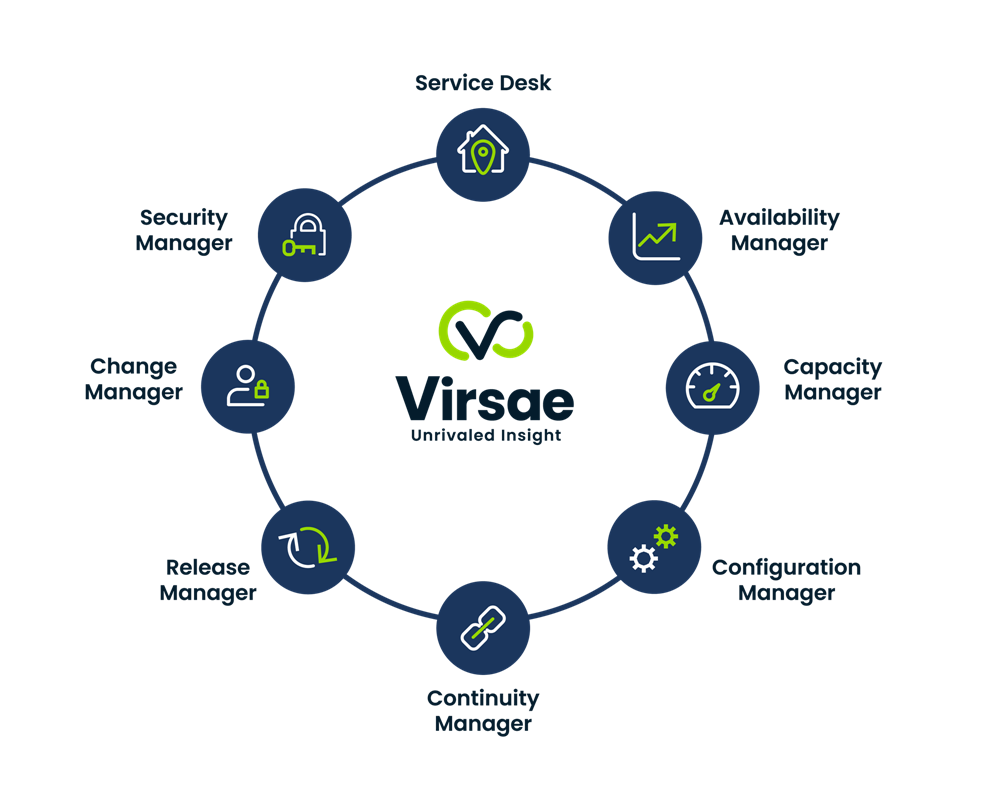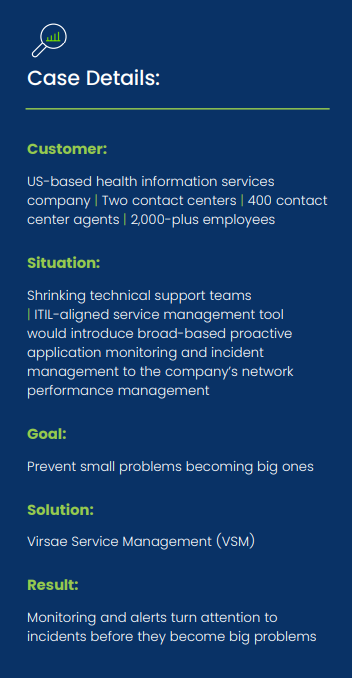Managers of complex telephony systems are finding new ways to prevent incidents before they cause problems.
Don’t expect thanks
Business communication keeps improving. We’ve never had so many options at our fingertips – more channels, more devices, faster speeds, bigger files, better performance, even cheaper prices. Stuff just works, which is partly the reason why people are so intolerant of variable performance. When a call is dropped, or when a screen freezes, red mist descends. It puts special pressure on the people who manage systems that underpin communication. The director of enterprise telephony and call center solutions at the US medical services provider said he knows about technology and expectations of performance. “Last year our telephony network performed beautifully and I didn’t receive a single thank you,” he said.
But through his smile he accepts that that’s the way it is – people expect technology to work – always. However, the trouble is, the job is getting tougher, because managers are expected to do more with less – even as underlying systems spread and get more complicated. For the director and his team of technicians, new tools are helping to maintain performance ahead of rising expectations.
Bringing ITIL to telephony
The medical services company operates two call centers – one with 150 agents and the other with 250 agents – and a wider communications environment supporting 2,000-plus employees. Maintaining a smooth operation is tough work, but certain automation eases the load.
In the contact center, the company’s agents deal with a mixture of health providers and everyday people. There’s a lot going on. Health Coach Professionals dispense advice on smoking cessation. At another desk, an agent processes a request for a drug coupon, and helps callers who haven’t been able to find answers online. If something goes wrong in the contact center, the director and his technicians hear about it. It’s not ideal, because by then it’s too late – the root cause is now a problem.
IT service management tools iron out kinks from IT environments, by building a clear picture of assets (hardware, software and other devices), their interrelationships, and how they impact services. From this position, managers are able to watch the right things, understand the consequences of component malfunction and failure, and how things should be fixed to avert problems before they disrupt users.
The director saw the advantages of an ITIL-aligned service management tool and got down to work with Virsae Service Management (VSM). VSM is a cloud-based toolset that shines a light on every component (handsets, servers, gateways, voice mail systems) and in every corner of unified communications environments.
“It’s a good tool for preventive maintenance,” said the director. “We have to check things daily – so there are no surprises. We can check things simultaneously… Are trunksets available? Are any circuits down? How is call quality? Dashboards give us the full picture."
Case in point: recently our employees dialed in to listen to our CEO address the company. We were able to monitor available trunk capacity across multiple locations to ensure we had sufficient bandwidth to service normal business.

IT service management tools and frameworks like ITIL are helping technology managers to improve their game. People who manage other business functions are following suit. Telephony systems managers, for example, are starting to adopt the same clever monitoring and incident management tools that have improved IT. They’re able to look deeper into complex systems and deal with incidents before they become big problems.

